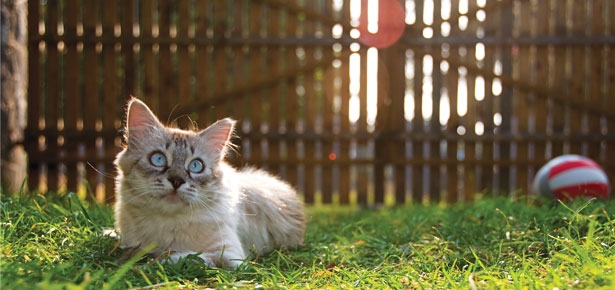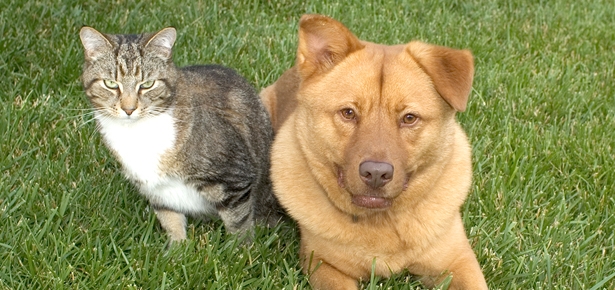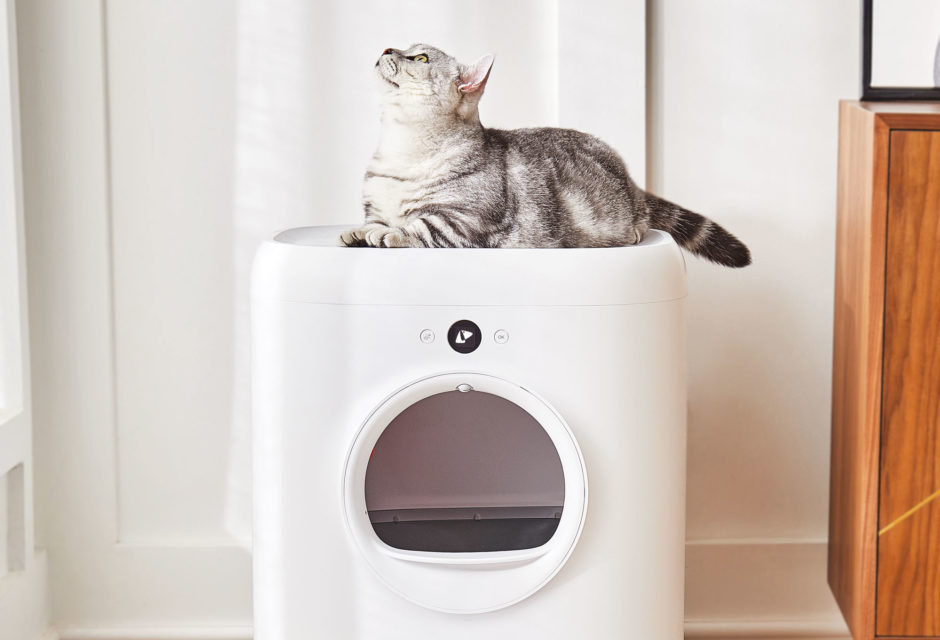

Heat Stroke’s Deadly Effects on Cats
Keep cool and carry on
As summer progresses and temperatures come close to triple digits, many of us make it a habit to protect ourselves from the sweltering heat. Unfortunately for our pets, these scorching summer months are not only uncomfortable, but they are also a time when the risk of heat stroke is at its highest.
“A heat stroke occurs when the body’s ability to rid itself of heat is exceeded by the heat that it is generating,” said James Barr, Assistant Professor at the Texas A&M College of Veterinary Medicine & Biomedical Sciences (CVM). “This results in an increase in body temperature to the point where damage to the internal organs occurs.”
Heat stroke is a very dangerous condition, especially in pets. If it is severe, the pet will almost certainly die if it does not receive proper medical care immediately. “Oftentimes, the pet will be brought to the hospital too late and will die despite our best efforts,” said Barr.
Although the initial signs of heat stroke are simply anxiety, excessive panting, and inability to settle down after exercise, these symptoms can quickly and severely progress into lethargy, muscle weakness, seizures, and even death.
If you believe your pet is at risk for heat stroke, there are several steps you should take immediately to guarantee the pet’s longevity.
“The first thing you should do is take the pet’s temperature,” said Barr. “If their body temperature is above 104 degrees, they are in danger of organ damage. Submersing the pet in cool, but not cold, water is very helpful in lowering their temperature to a more normal level. Since time is a crucial factor when dealing with a heat stroke, spraying a pet down with a garden hose or immersing them in a nearby body of water are preferred methods of cooling the pet down. After you have started this cooling process, the pet should be seen by a veterinarian immediately so that it can receive prompt medical attention to prevent any further damage.”
The most important way to keep your pet’s temperature at a normal range throughout the sizzling summer months is to avoid exercising with them during the hottest parts of the day. It is also vital to provide plenty of drinking water and to take frequent breaks from playing outside to allow your pet to cool off and rehydrate.
“Often a long run in the early afternoon is the precursor to a heat stroke episode,” said Barr. “It is also very important to not leave your pets in the car while it is not running as it can reach dangerous temperatures very quickly.”
If, after prolonged outdoor exposure, you notice that your pet does not calm down, looks lethargic, or if you are at all worried that they may be suffering from a heat stroke, you should immediately contact your local veterinarian or emergency services. “The most dangerous thing is the failure to seek veterinary attention, as time is of the essence,” said Barr.
Join the newsletter and never miss out on cat content again!
"*" indicates required fields
By clicking the arrow, you agree to our web Terms of Use and Privacy & Cookie Policy. Easy unsubscribe links are provided in every email.










